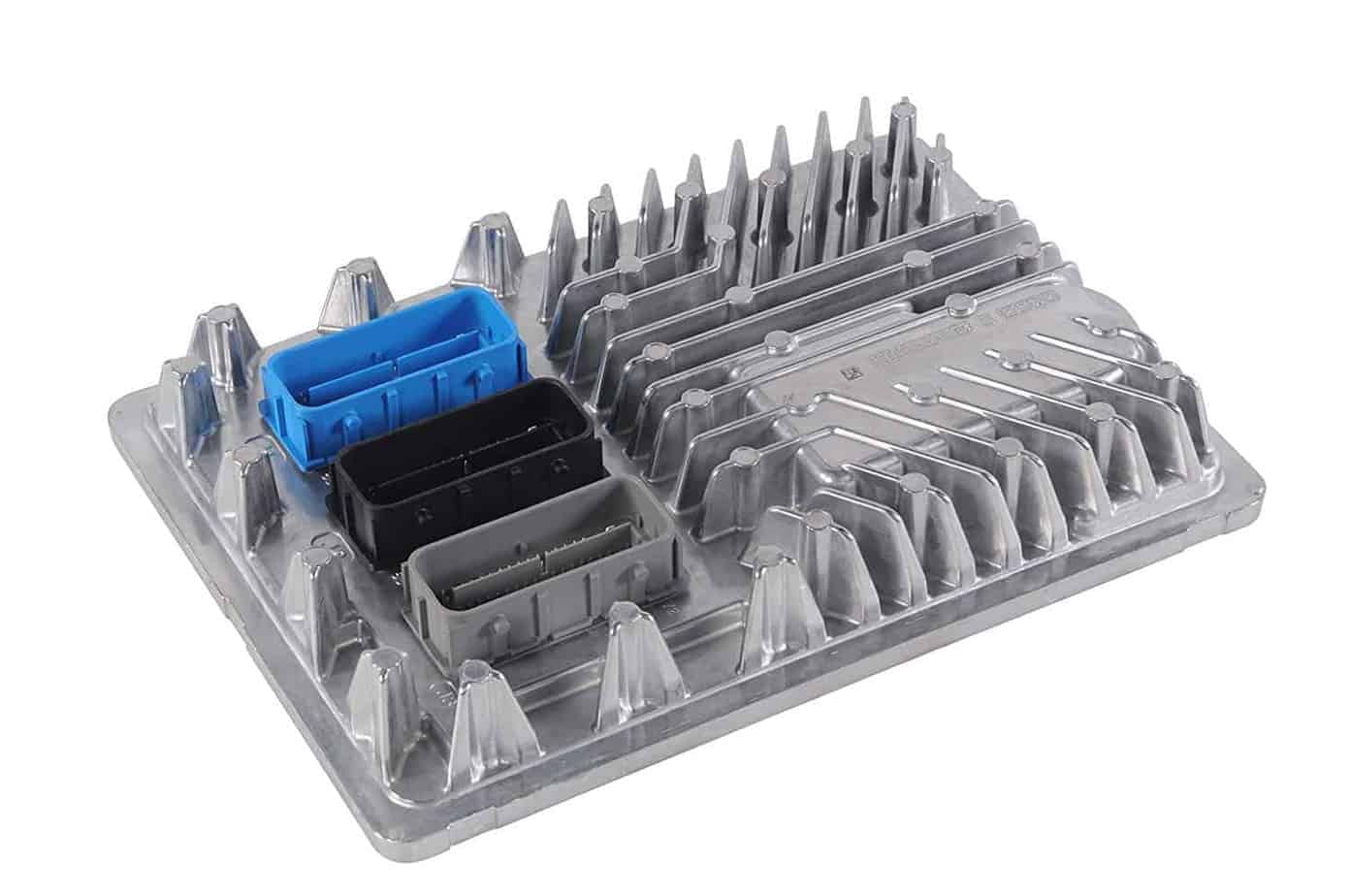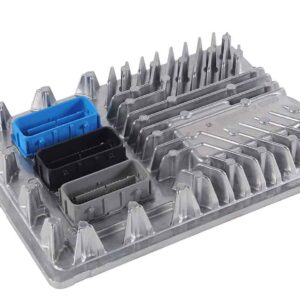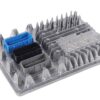Restore Your Vehicle’s Core Performance and Reliability
Is your GMC Yukon, Chevy Tahoe, or Cadillac Escalade acting up? Experiencing frustrating issues like random stalling, a persistent check engine light, erratic shifting, or a complete no-start condition? A failing Engine Control Module (ECM) is often the culprit. As the central computer for your engine, its health is critical. This isn’t just a part; it’s the brain of your vehicle, and when it falters, everything can seem to go wrong. We provide a dependable solution: a high-quality replacement Engine Control Module, pre-programmed with the latest GM software specifically for your vehicle’s VIN.
From the Diagnostic Bay: The Ghost in the Machine
I remember a 2017 Silverado 1500 that came into the shop with a problem that had stumped two other mechanics. The owner had already replaced the battery, alternator, and even the fuel pump. The truck would start and run fine for days, then suddenly refuse to start, with no crank and a flurry of warning lights. After hooking up my scan tool, I noticed intermittent U0100 (Lost Communication With ECM/PCM) codes. Instead of just throwing another part at it, we monitored the ECM’s power and ground feeds. Everything was solid. The issue was internal to the module itself—a classic case of thermal failure where a connection inside the ECM would break when it cooled down. Installing a VIN-programmed module like this one, followed by a quick security relearn, solved the problem permanently. It’s a reminder that diagnosing correctly saves hundreds, even thousands, in unnecessary parts and labor.
Is Your GM Truck or SUV Showing These Signs?
A failing ECM can manifest in numerous ways. If you’re experiencing any of the following, this module is likely the solution you need. Look out for:
- ✔ Check Engine Light (CEL) with communication-related Diagnostic Trouble Codes (DTCs) such as P0601, P0602, P0606, or U0100.
- ✔ Vehicle refuses to start or has an intermittent no-start condition.
- ✔ Noticeable drop in fuel economy.
- ✔ Rough or unstable engine idle.
- ✔ Engine stalling unexpectedly while driving or at a stop.
- ✔ Transmission shifting problems or harsh engagement.
- ✔ Apparent loss of engine power and poor acceleration.
Your Straightforward Installation Guide
Replacing your ECM is a manageable job for a DIYer with basic tools or a professional mechanic. We handle the complex programming; you handle the installation. Here’s a general guide:
- Safety First: Always disconnect the negative terminal from your vehicle’s battery before starting any electrical work.
- Locate the ECM: On most compatible trucks and SUVs like the Yukon and Sierra, the ECM is located in the engine compartment, typically on the driver’s side (LH front). Consult a service manual for your specific model if unsure.
- Disconnect Connectors: Carefully release the locking tabs and unplug the large electrical harnesses from the old ECM. Inspect the connectors for any corrosion or damage.
- Remove the Old Module: Unbolt the old ECM from its mounting bracket and remove it from the vehicle.
- Install the New ECM: Mount your new, pre-programmed ECM in place and securely tighten the mounting bolts.
- Reconnect Everything: Plug the electrical harnesses back into the new module, ensuring they click securely into place. Reconnect the negative battery terminal.
- Perform Final Relearns: This is a critical final step. You will need to perform the vehicle’s security or theft deterrent relearn procedure using a compatible high-level scan tool with access to GM’s TIS2WEB or Techline Connect system. The vehicle will not start until this is completed. Other procedures like a crankshaft position variation relearn may also be required.
Verified Fitment for a Wide Range of GM Vehicles
This module is a direct replacement for several part numbers and fits a broad selection of General Motors vehicles. Please verify your model and options below. This part is compatible with service numbers 12692068, 12704476, 12686382, 12674052, 12674472, and 12678815.
- Cadillac ATS (2017): 3.6L, VIN Y (opt LF4)
- Cadillac CTS (2017): 6.2L (supercharged) or 3.6L, VIN 8 (opt LF3, twin turbo)
- Cadillac Escalade / ESV (2017)
- Cadillac XTS (2017): 3.6L, VIN 8 (opt LF3)
- Chevrolet Corvette (2017)
- Chevrolet Silverado 1500 (2016-2018)
- Chevrolet Suburban 1500 (2017)
- Chevrolet Tahoe (2017)
- GMC Sierra 1500 / Denali 1500 (2016-2018)
- GMC Yukon / Yukon XL 1500 (2017)
Why do you need my VIN?
Your Vehicle Identification Number (VIN) is essential for us to load the exact, correct factory software and calibrations for your specific vehicle’s engine, transmission, and options. This ensures proper function and compatibility.
Will my vehicle start immediately after installation?
No. After installing the new ECM, you MUST perform a vehicle theft deterrent system relearn. This is a security procedure that syncs the new module to your vehicle’s anti-theft system. The engine will not start until this step is completed.
What tools are needed for the theft relearn?
The relearn procedure requires a professional-grade scan tool with pass-through capabilities and a subscription to GM’s programming software (TIS2WEB or the newer Techline Connect). This is standard for most professional repair shops.
Are other relearns necessary besides the theft system?
Sometimes, yes. Depending on your vehicle and the issues you were having, you may need to perform additional procedures like a crankshaft position variation relearn (CASE relearn) or injector flow rate programming. This is the responsibility of the installer.
Is this a difficult part to replace myself?
The physical replacement is straightforward for someone with basic mechanical skills. The main challenge is ensuring you have access to the necessary scan tools for the post-installation electronic relearn procedures. If you don’t have the tools, your local trusted mechanic can perform these steps for you.



